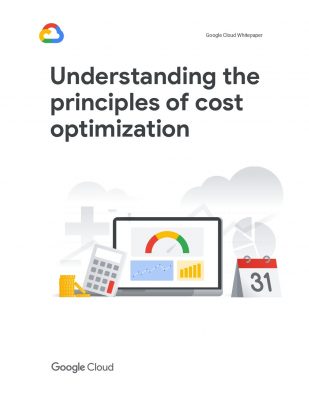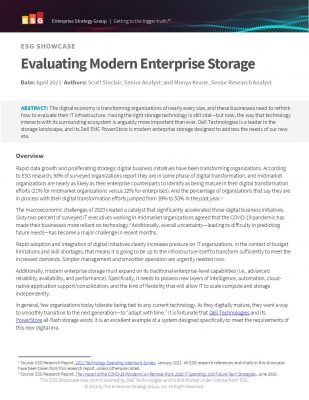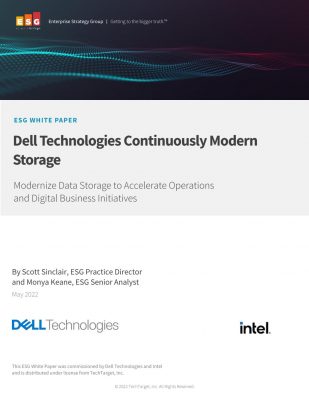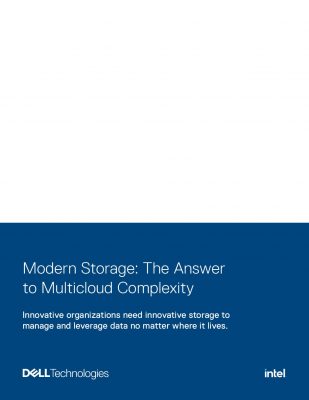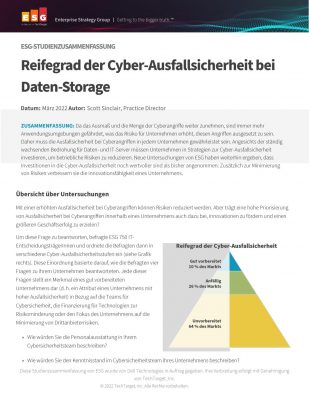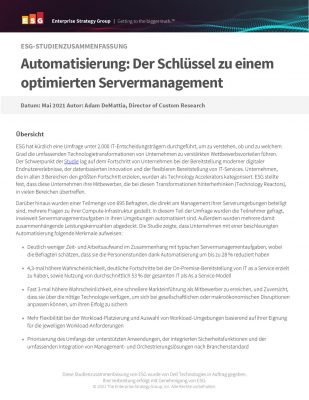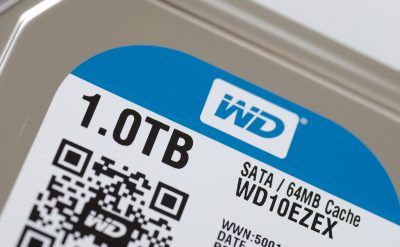Highlights –
- DevOps combines collaborative, agile development approaches with rigorous testing, infrastructure provisioning, governance, and life-cycle integration automation, enabling Continuous Integration and Continuous Delivery (CI/CD).
- According to an IDC survey, 65% of application developers identified a unified hybrid cloud infrastructure (including server, storage, and networking resources encompassed both on- and off-premises) as a particularly valuable step in meeting DX business objectives.
Across all industries, we know that Information Technology (IT) businesses carry out a variety of responsibilities, such as developing, deploying, and maintaining application services required to achieve organizational goals.
Typically, two groups have had to work together to complete these tasks: developers to create and support the appropriate application services and Infrastructure and Operations (I and amp;O) to deploy and manage those services. Making sure that the appropriate IT infrastructure is deployed and maintained to fulfill the performance, availability, and functionality requirements that support application services is one of I and amp;O’s responsibilities. In the past, it has been difficult for developers and I and amp;O to work together to deliver the application services necessary to achieve targeted business goals.
DevOps
IT businesses are successfully tackling all these problems using a set of techniques known as DevOps. It combines collaborative and agile development approaches with rigorous testing, infrastructure provisioning, governance, and life-cycle integration automation. This enables Continuous Integration and Continuous Delivery (CI/CD).
With the ability to programmatically configure each resource used in both the development and deployment of apps, automation is essential for expediting the DevOps process. In enterprises that are undergoing a digital transformation, this “infrastructure as code” attitude is starting to become standard for modern software deployment paradigms.
With legacy IT infrastructure, achieving the agility needed for DevOps is a significant problem. To provide this level of agility, IT firms dedicated to DevOps must modernize their IT infrastructure. The storage infrastructure is impacted in a particular way by this. In addition to supporting greater software-defined flexibility and usability, storage infrastructure designed for DevOps must also be coupled with automation and orchestration solutions that satisfy the needs of both developers and I and amp;O personnel.
Why is a cloud-native orientation important?
In the past, software developers favored agile development methodologies. Initially, they wanted a new technique to release software more quickly, but CI/CD became the focus as the concept expanded. It became apparent as the agile methodology gained popularity that the old way of providing IT infrastructure resources slowed agile development — Getting new infrastructure took weeks to months, and developers needed them in a few hours.
Before DevOps, developers turned to the public cloud to fulfill their agility needs. The public cloud allowed developers to quickly access new computing, storage, and other resources on demand. It also offered automation and orchestration tools adapted to an agile orientation.
Many in-house IT departments lacked automation and orchestration. Developers were acquainted with the public cloud’s benefits, like the ease of development, self-service orientation, on-demand resource provisioning, complete automation, and pay-as-you-go pricing. The underlying infrastructure enabling all these features was different from on-premises storage. Public cloud infrastructure is built chiefly around architectures that are software-defined and server-based. This made cloud-developed apps challenging to deploy in on-premises infrastructure.
When DevOps was introduced in the early 2010s, the disparity between on-premises and cloud-based storage infrastructures made it impossible for I and amp;O to achieve cloud-like agility. DevOps is best facilitated when hybrid cloud infrastructures allow equivalent software-defined capabilities and tools on- and off-premises environments. According to an IDC survey, 65% of application developers identified a unified hybrid cloud infrastructure (including server, storage, and networking resources encompassed both on- and off-premises) as a particularly valuable step in meeting DX business objectives. As on-premises storage infrastructure got refreshed, successful firms in the study involved developers more in storage infrastructure purchase decisions to meet their needs.
I and amp;O adopted cloud-native tools that could be utilized for deployment and development to begin automating developer self-service while ensuring on-premises infrastructure met Service-Level Agreements (SLAs), compliance, and governance needs.
DevOps requires several technologies. Virtual Machines (VMs) and automation are widely utilized in the public cloud, and developers on premises need support for both. On-demand provisioning of fresh resources is a crucial enabler of agile development. Popular automation platforms like Ansible support boosts developer and I and amp;O productivity. Containers bundle code and dependencies, so applications run quickly and consistently in different environments.
How are IT organizations optimizing their storage infrastructure for DevOps?
The survey dove deep into how businesses define and deploy new infrastructure and retool internal processes that improve developers’ collaboration with the I and amp;O teams. Cloud storage integration, virtualization support, automated data protection, and self-service interfaces for developers are the top storage infrastructure investments focusing on improving the development process. The investments help in addressing the needs of I and amp;O and developers. Whether for new or existing projects, cloud storage, self-service interfaces, and virtualization support interfaces support resource provisioning agility while meeting regulatory requirements.
The availability and recovery objectives are met by automated data protection, provisioned without manual interference, and containers that offer a faster, better, and more reliable deployment model that enables more responsive change management.
How can storage solutions help?
The vendors providing such solutions have an exhaustive technology portfolio spanning servers, storage, cloud software, networking, data protection, software-defined datacenter, and converged and hyper-converged infrastructure solutions. It also includes enterprise infrastructure software within varied markets like data protection, storage, virtualization, security, etc.
Even though DevOps commits to infrastructure as code, it still struggles to speed application cycle time and make developers and storage administrators more efficient and productive.

